Shaker style is back again as designers celebrate "the first minimalists"
The Shakers are on the verge of extinction following the recent death of one of the sect's three surviving members. So why is their austere style having yet another revival?
"We call them the first minimalists," said Wonhee Arndt from Studio Gorm, who curated an exhibition of Shaker-influenced design at the Stockholm Furniture Fair last month.
"They are this unusual religious group who had very unique and sometimes strange practices, but those things translated into this really interesting material culture," added John Arndt, also of Studio Gorm.
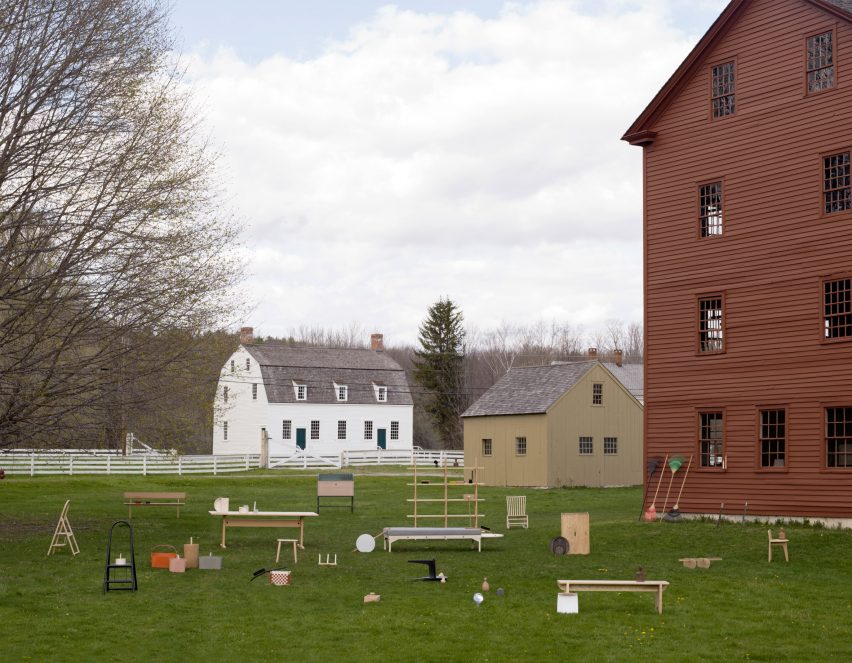
The exhibition, called Furnishing Utopia, travelled to Stockholm after a successful premiere in New York last year.
A second exhibition of Shaker design also took place in Toronto last month, while a number of designers have released products referencing the group's work.
This revival of interest in the Shakers coincides with the death of one of its last surviving members, Sister Frances Carr, who passed away aged 89 at the Shaker community at Sabbathday Lake in Maine, USA, in January. Her death leaves the community – the world's only remaining Shaker group – with just two members.
Founded in England in the 18th century, the religion was never huge, numbering some 6,000 believers at its peak in pre-Civil War America. And yet the Shakers have always drawn interest – for their lifelong vows of celibacy (which partly explains their diminishing numbers), for their simple lifestyles, for their female religious leadership, and especially for their furniture design.
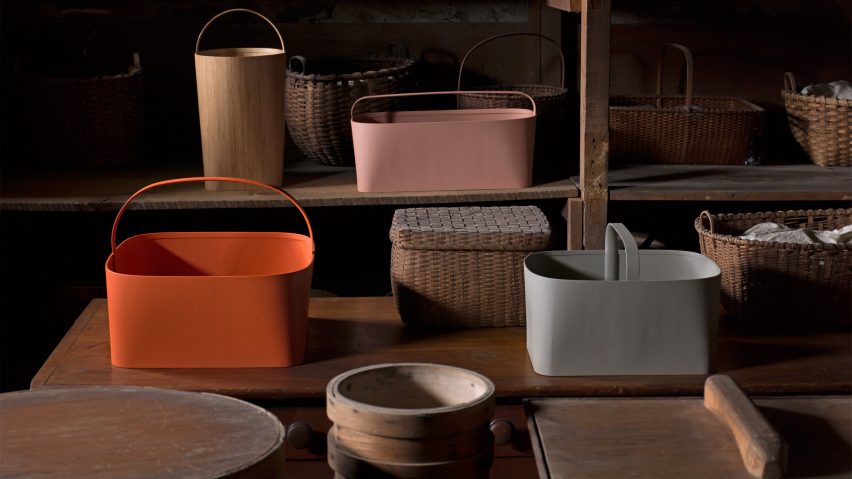
John Arndt, who has been working with the Hancock Shaker Village and the Mount Lebanon Shaker Museum as part of Studio Gorm's academic research, describes their catalogue as broad and surprising.
"People, when they think of Shakers, they think of rocking chairs and wicker boxes and baskets," he told Dezeen, "but we were amazed at the breadth of all the objects they built, from daily life to commercial products."
The aesthetic has had multiple revivals over the years, and Shaker staples such as ladder-back rocking chairs, oval wooden boxes and rustic kitchens have never gone entirely out of fashion. But recently there has been a particular frenzy of activity around the Shakers.
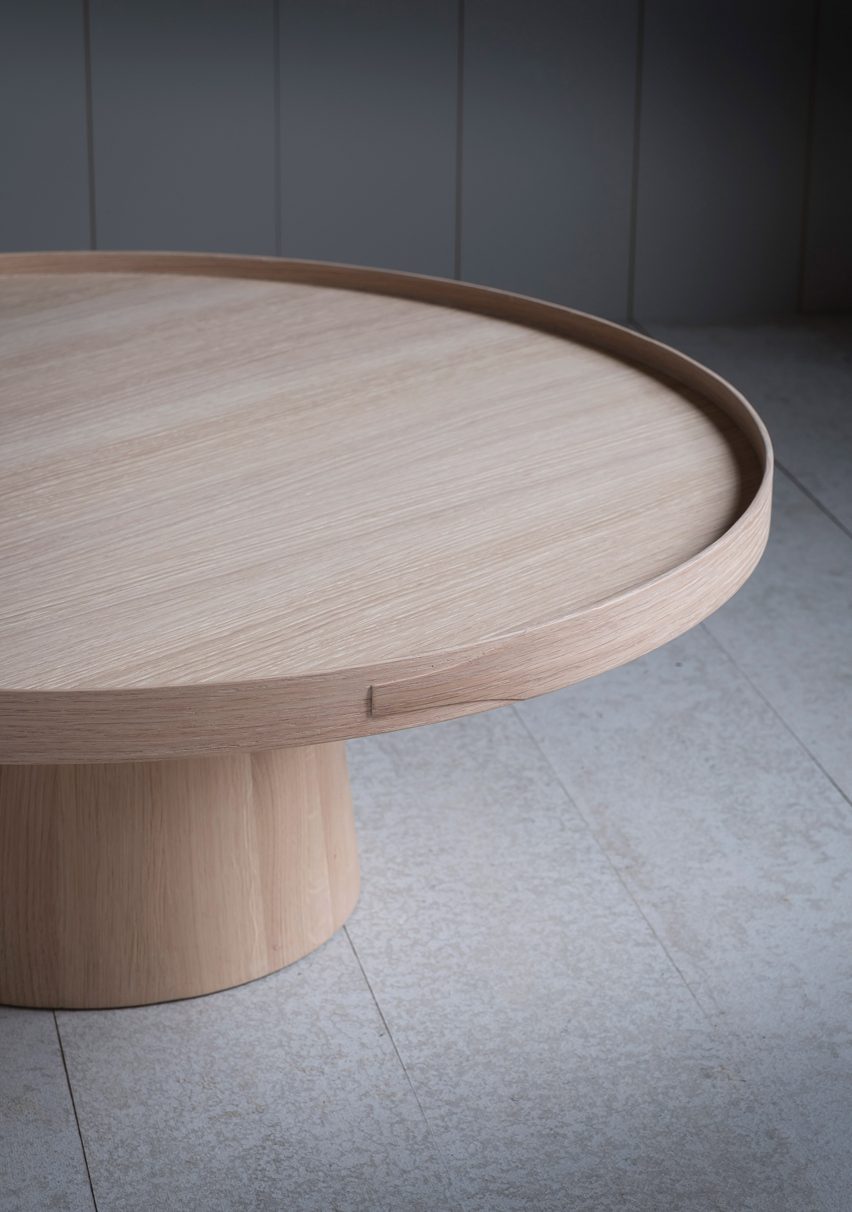
As well as from the 14 different designers involved in the two exhibitions, Shaker-inspired products have come from Pinch, which released a coffee table that makes a feature of one of the sect's favoured styles of join, as well as Jin Kuramoto and Neri&Hu.
What is it about the movement that has today's designers so in their thrall? It may be a combination between their ingenuity and our nostalgia.
They were modern before the modernists
From chairs to clothes pegs, Shaker designs show the clean lines and absence of adornment favoured by the modernists of the mid-20th century. In fact, they directly inspired furniture by modernists Kaare Klint, Borge Mogensen and Gio Ponti.
John Baker, co-founder of the shop and gallery Mjölk, which hosted the That Is Best Which Works Best exhibition during trade fair IDS Toronto, said interest in Shaker design is high right now because so is interest in modernism.
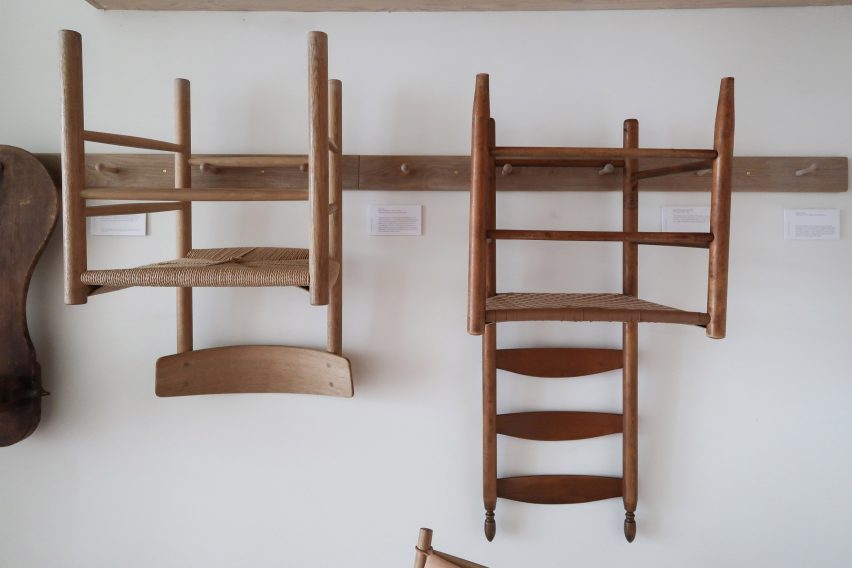
"We're talking about modern ideas: function first, reduction," Baker told Dezeen. "This was happening a hundred years before the modern movement."
"It's a natural progression of learning about design," he continued. "You start to look at these Danish pieces and you end up going down the rabbit hole. I think it's a natural conclusion to reach the Shakers."
Wonhee Arndt explains that the Shakers viewed work as a form of prayer, and that informed their minimalist bent.
"The aesthetics, the unnecessary decoration, things like that represent the outside world, so they tried to really simplify and think about the utilitarian approach as a prayer to God," she said.
Our nostalgia for the simple life
While the modernist spirit may involve pushing forward, there is no doubt that, in the present day, many people are pushing back.
In the West, desire to carve out space away from screens, technology and mass-production has driven a revival in traditional crafts, such as those practiced by the Shakers. Members of the sect often crafted their own possessions, and did so with the kind of care that might today be termed "mindfulness".
"A lot of Shakers were making the objects themselves, and I think for a lot of people today, you get enamoured by that kind of slowing down of life," said John Arndt. "You could just tell there was a care, detail and appreciation for the things of everyday life."
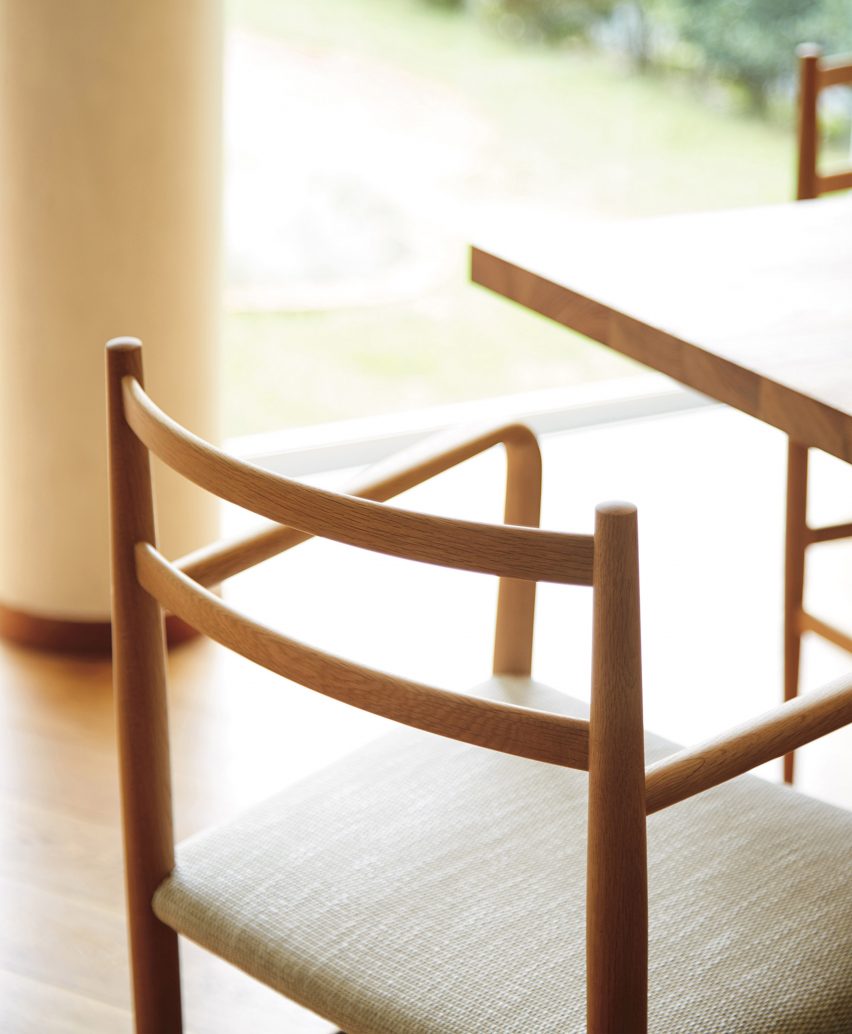
It helps that the Shakers material of choice – wood – is back in vogue. For some designers and decorators, the very presence of wood in the home, particularly in simple and unadorned form, represents a kind of antidote to the intemperance of our present societies.
Jin Kuramoto, who designed Arflex's Shaker-influenced Root chair, described minimalism as a contemporary moral virtue.
"I designed the Root chair by removing the decoration to the limit, therefore enhancing the beauty of the framework," he told Dezeen. "I believe that the philosophy of the Shakers, that removes decoration from life, fits in our modern way of thinking by making our daily lives more virtuous."
They were innovators rather than Luddites
Because of their ascetic lifestyles and wooden domestic designs, it's often assumed the Shakers were conservative in their attitudes – not so, according to Studio Gorm.
"They're actually innovators – they believed in technology; they believed in racial equality," said Wonhee Arndt. "No social hierarchy between ages. They even made chairs for all different sizes, for children."
"People find it hard to get over the celibacy, but beyond that they had a lot of really amazing ideas."
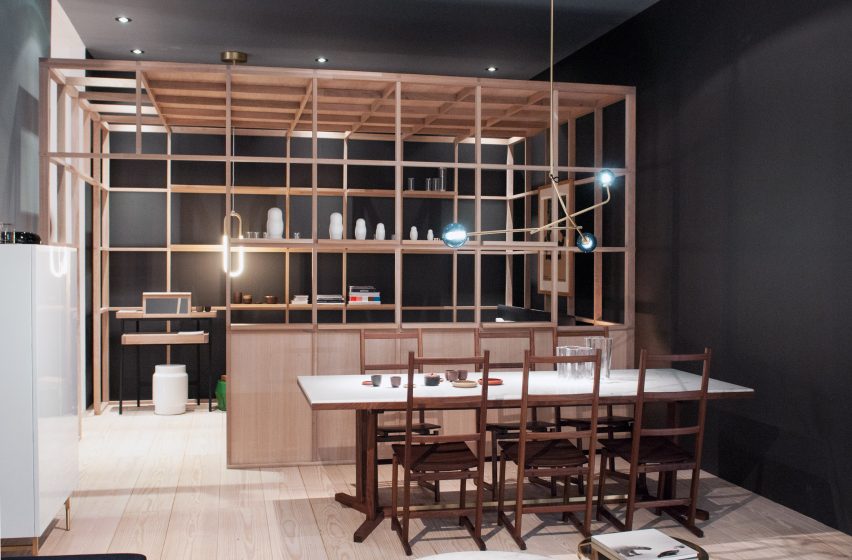
Since the Shakers believed that even the smallest daily activities were worthy of the same consideration you would afford the biggest, they found ways to innovate them. Shaker are credited with inventing some of the earliest washing machines, as well as the circular saw, flat broom and clothespin.
They also paved the way for today's space-saving furniture design. Much of what the Shakers made was designed to be hung on the walls when not in use, in order to make more room for the dancing that sometimes overtook them during worship.
Their ultimately experimental attitude might be part of what draws successive generations of designers to their work. With each revival, there is a chance to ask: what would the Shakers do?
Said John Arndt of the works in Finding Utopia, "We were asking ourselves, what would a Shaker's telephone look like? Or a computer?"